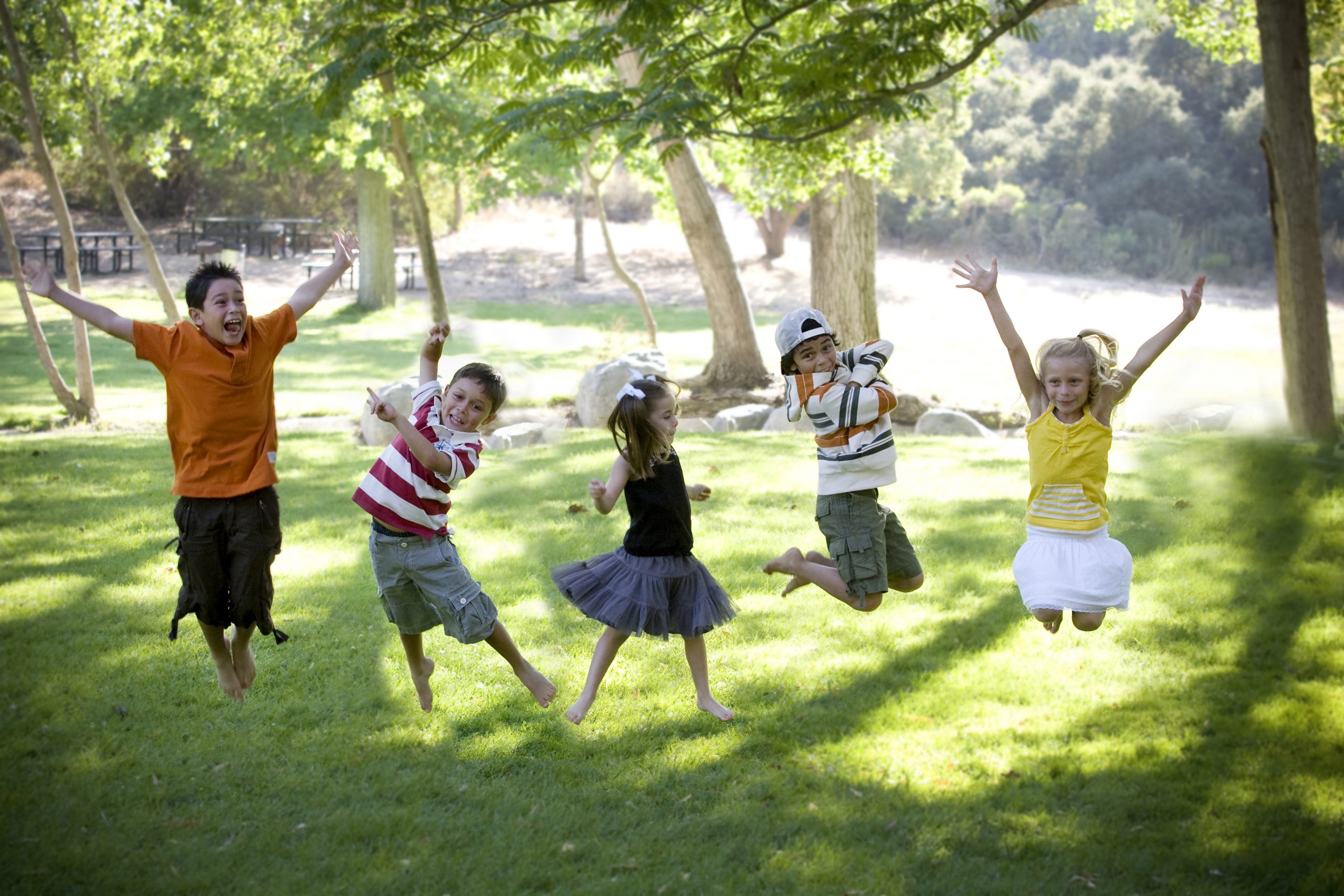Reducing Your Child’s Carbon Footprint in School and at Home
There are plenty of easy ways to reduce your child’s carbon footprint, both in school and at home. This article will detail a few simple ways that you can teach your child about the environment and his or her impact on it.
Taking the buses, subways or trains rather than driving a car can significantly reduce environmental impact and fuel costs. Depending on the age and suitability of your child and the location of the school, you can cycle your child to school. Walking or cycling with your child helps to promote a healthy attitude towards physical activity and prevent obesity and its related health issues.
In schools, children should be taught about the environment and the importance of sustainable, renewable energy. The program Eco-Schools helps schools across the world to make sustainability an important part of school life. One school that has received the Green Flag Eco School award is Little Kingshill Combine Primary School in Buckinghamshire, UK. The school has transformed an area of wasteland in the school into an eco garden where vegetables are grown and eaten in school. In addition, the school is aiming to raise £15,000 to install solar panels on the school hall roof.
In water-scarce countries like Singapore, their National Water Agency has been using innovative ways to familiarise children with water conservation issues. Their Water Conservation School Outreach Programme is one initiative that aims to teach students to undertake water audits at home, enabling them to learn about how their family uses water. Students are also encouraged to talk about their project to their family and friends, possibly convincing them to do a water audit of their own and conserve water in every possible way.
At home, you should encourage your child to switch off the lights when leaving a room, which will save valuable energy as well as money. Incorporating solar panels into your home will make it easy to show your child the importance of using renewable forms of energy while saving money at the same time.
Children should also adopt water saving habits at home. These include taking short showers, turning off the shower tap while soaping and turning off the tap when brushing their teeth.
Remember to increase your child’s awareness of the importance of three Rs: reduce, reuse, and recycle. For instance, you can teach your child to use both sides of the paper for writing and drawing. Plenty of household materials can be reused for children’s art and craft activities, including egg cartons, toilet paper rolls, plastic bottles, bottle caps, popsicle sticks and juice boxes.If you have a backyard, create a garden with your child. Gardening will be a rewarding experience for your children, who will learn important lessons about patience and responsibility as they watch the seeds grow into plants. Gardening is also a great way to teach your child to respect the earth. If you do not have a garden space, you can try planting herbs and houseplants indoors – an indoor garden will fit in even the smallest apartment or house.
Other environmentally friendly steps include buying books and toys made from recycled materials and reading books about recycling, mother earth and tree planting. It is easy to incorporate such material into everyday life.
Even though people all over the world celebrate Earth Day on April 22, you can teach your child to make everyday Earth Day. Most importantly, children observe and learn from their parents. Set a good example and practice what you preach.



















